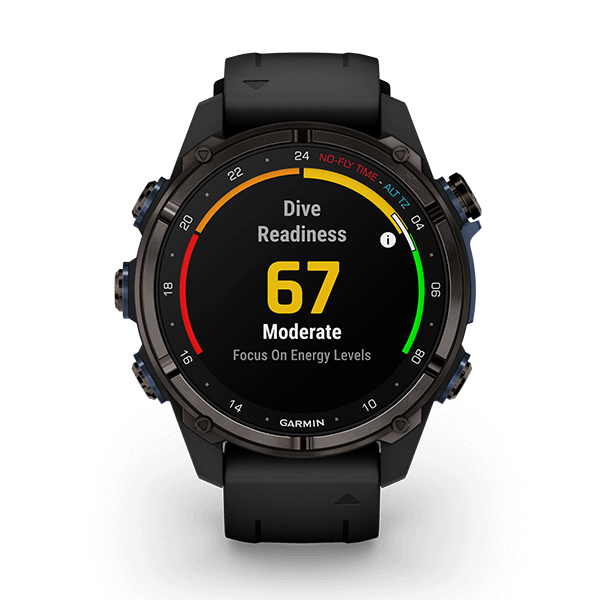The First Line of Defense for Dive Safety
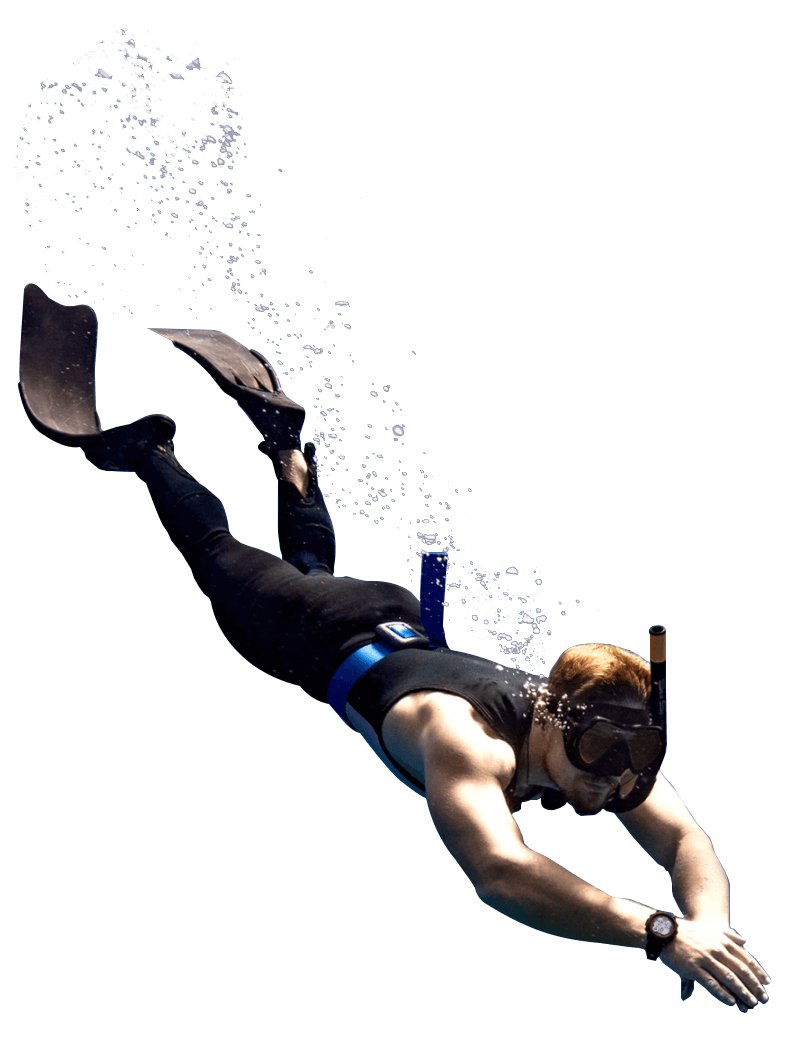
Dive Readiness
The Descent Mk3 features an innovative dive readiness indicator which combines Garmin's decades of experience in wearables with insights from collaborators Firstbeat Analytics. It collates recent user information on sleep, physical activity, stress, jet lag and so on to calculate risk indicators for decompression sickness and provide diving activity recommendations that assist you to make wiser, safer diving plans.
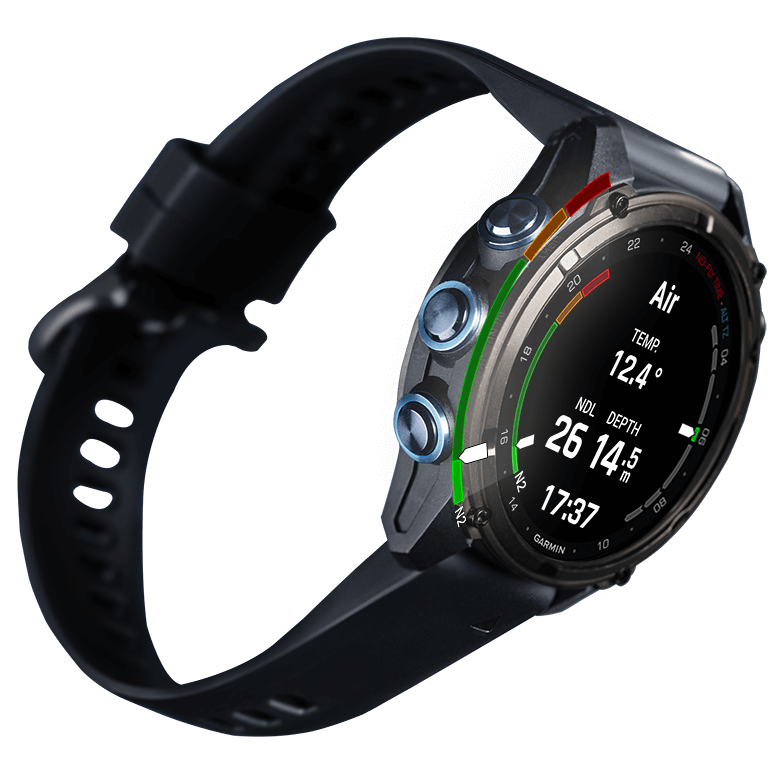
N2 LOADING
Nitrogen is dissolved in body tissues while you dive; how much depends on how deep you dive and how long you are under water. Displaying your N2 loading helps you monitor nitrogen levels and avoid nitrogen narcosis.
CNS%
The partial pressure of oxygen (PO2) in mixed gas is monitored to gauge central nervous system (CNS) oxygen toxicity, reducing risk of seizures due high CNS oxygen toxicity over extended periods. (Alarm: 1.4 ata / Limit: 1.6 ata)
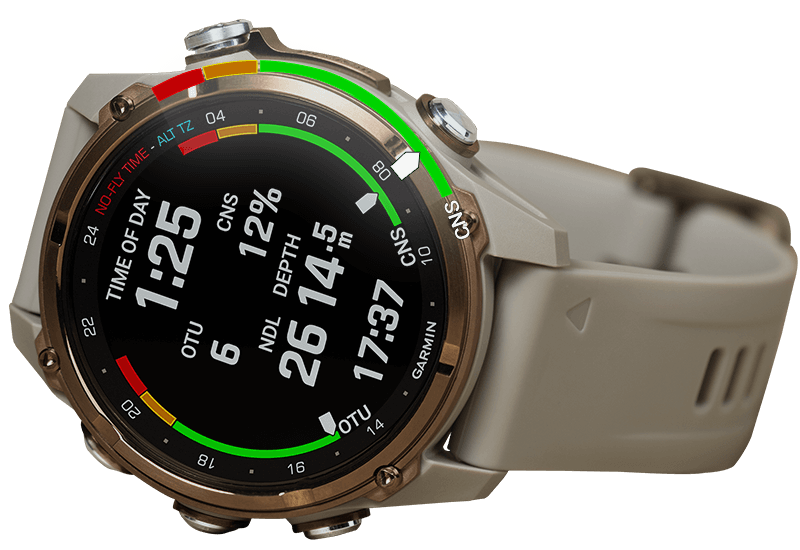
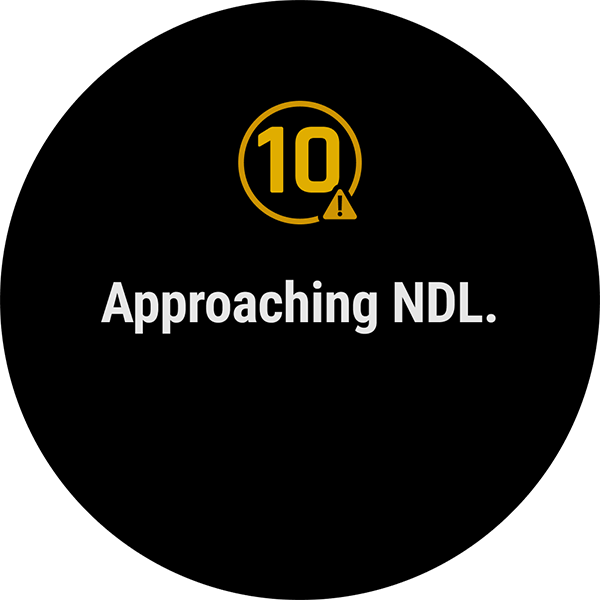
NO-DECOMPRESSION LIMIT (NDL)
These figures indicate the maximum time a diver can remain at a given depth.If a diver exceeds the NDL, the risk of decompression sickness increases significantly.
DECOMPRESSION STOP AND SAFETY STOP
During an ascent, divers must pause at specific depths to allow for the release of excess nitrogen in the body. Before surfacing they must remain at a depth of five metres for three minutes, a 'safety stop' that reduces the risk of decompression sickness.
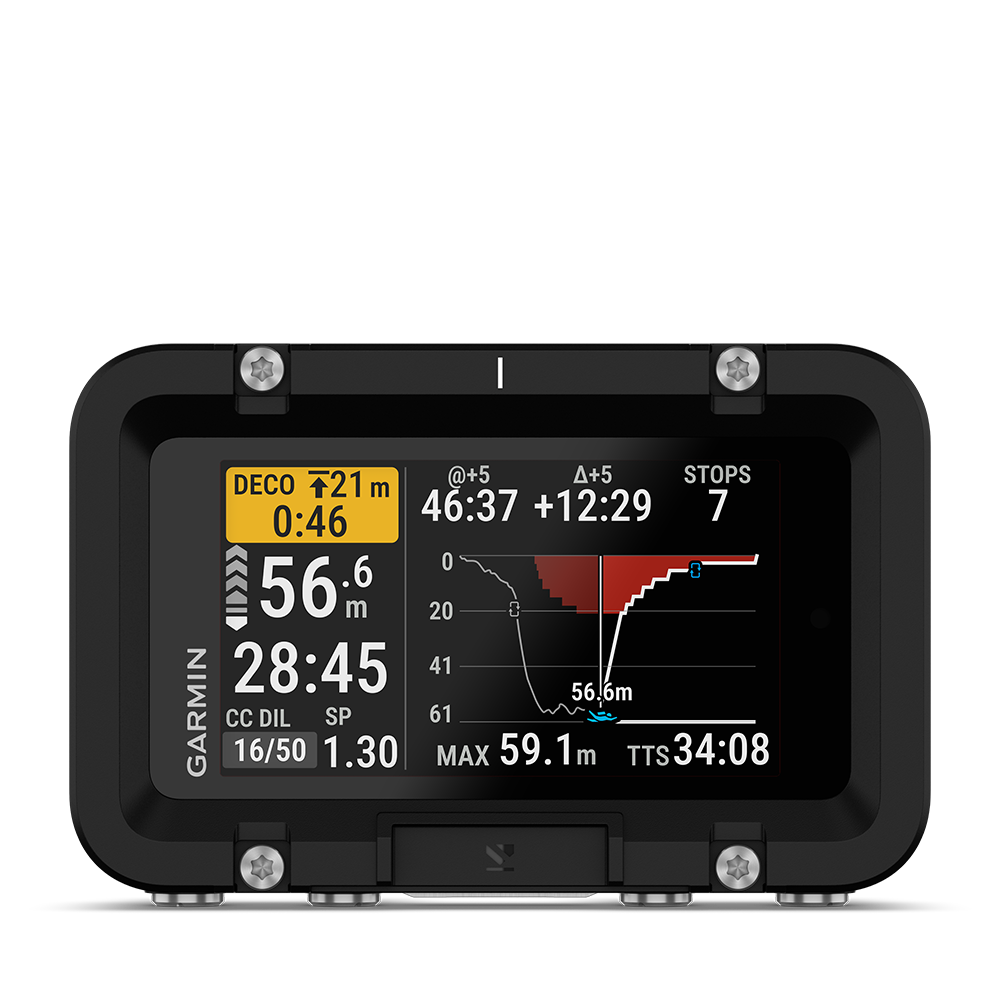
In-depth Understanding of Dive Safety Information
Learn MoreElevate Your Freediving Training to a New Level
APNEA ALERTS
When you're freediving, constantly checking your dive computer can waste valuable time. The Garmin Descent smartwatches uses a range of audio and vibration alerts to make freedivers aware of their current situation, reducing the need to frequently check your dive computer.

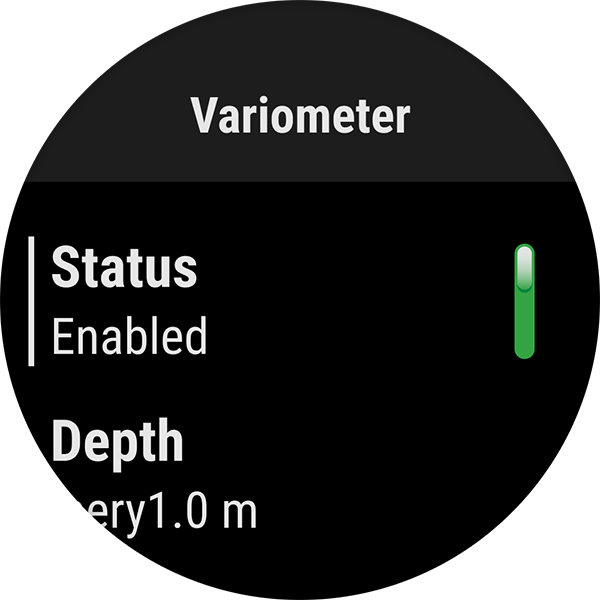
SPEED ALERTS
Variometer and high and low-speed alarms can be used to help maintain a specific ascent and descent rate, reminding freedivers to keep to their target speed and adjust their kicking frequency.
DEPTH ALERTS
Alerts can be set for when you reach specific depths or depth intervals (e.g., every 10 meters), and you can set reminders for neutral buoyancy and target depth.
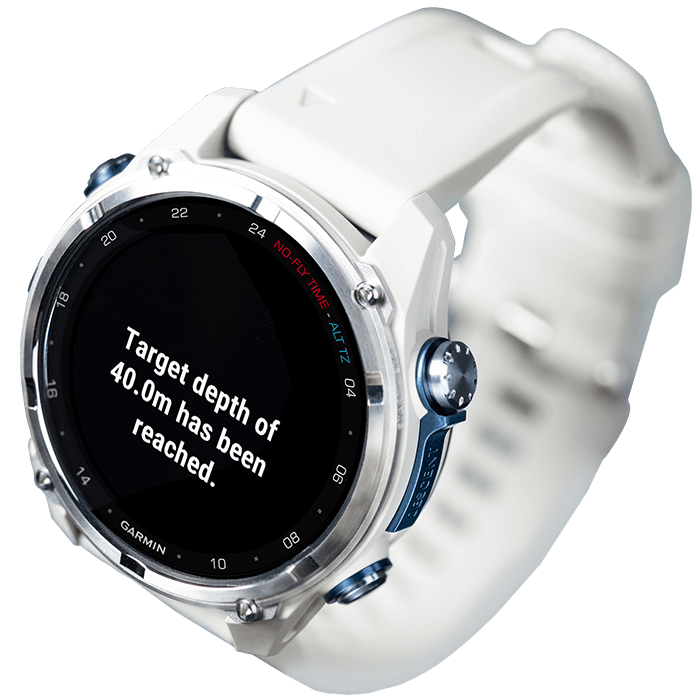
IN-DEPTH UNDERSTANDING OF APNEA ALERTS INFORMATION
Learn MoreVO2 Max
VO2 Max refers to the maximum amount of oxygen the body can absorb and utilize within one minute. By engaging in daily aerobic and anaerobic training, you can increase your VO2 Max, allowing you to maintain an optimal level of fitness.
Learn More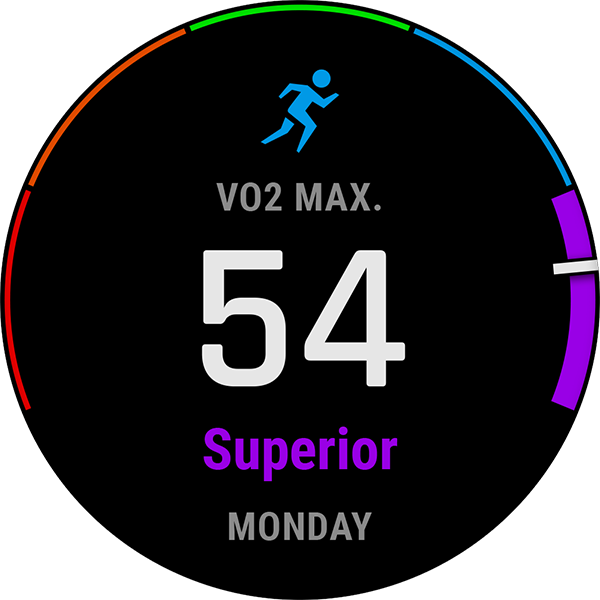
TRAINING READINESS
This indicator factors in your Sleep Score, Recovery Time, HRV Status, Acute Training Load , Sleep History and Stress History, to help you understand when you're ready for high-intensity training and when to reduce intensity for better training outcomes.
Learn More